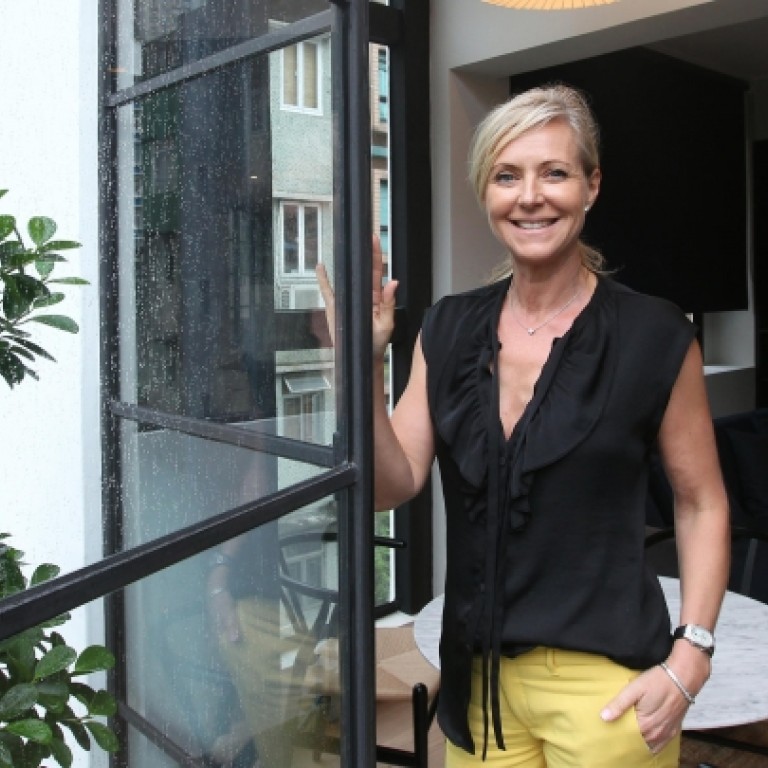
Renovation saves heritage buildings and makes business sense too
Renovating heritage architecture is the real meaning of urban renewal, says developer
Swedish boutique developer Helen Lindman is on a mission - to help preserve Hong Kong's built heritage and show by example that old can be both beautiful and profitable as she builds a portfolio of renovated rental flats.

"It is very common in Europe and I hope people can see the benefit of preserving the city's heritage."
Since completing her first renovation project in Sheung Wan in 2006, Lindman has gone on to accumulate a portfolio of six renovated units and two old walk-up buildings. She is now renovating one of the buildings - a 52-year-old, five-storey building at 11 Upper Station Street in Sheung Wan that she and her husband bought for HK$27 million in 2010.
"After we bought the building, it took nearly a year before all the tenants had moved out, and then we waited another year for all sorts of approvals from the Building Department for the changes of floor plan and various permits such as electrical and fire safety compliance," said Lindman.
"But we are not in a rush, as we want everything done to top standards."
Her company, Helen Lindman Design, is spending an additional HK$5 million turning the interior of the building into two duplex units, each with a saleable area of 1,500 sq ft, and a 600 sq ft flat with a terrace. It will also have a shop on the ground floor.
The building originally had five flats and three tiny ground-floor shops.
The duplexes, refashioned in a fusion of Scandinavian and Asian design, will be rented for HK$80,000 a month and the smaller unit with terrace will go for HK$40,000 a month.
"Our previous projects were mostly attractive to expatriates who come to work in Hong Kong. They like buildings with unique character instead of skyscrapers. They are senior executives of big retail chains or advertising companies aged between 30 and 40," she said.
Although the value of the Upper Station building is now about double what the couple paid three years ago, she said they had no intention of selling it.
Lindman is dismayed by the growing number of old apartment buildings being torn down by big developers and the Urban Renewal Authority. She said she would like to buy more buildings to preserve their external shells while renovating their interiors for residential use.
But Hong Kong suffers a peculiar but major obstacle to the preservation of the city's heritage architecture: the reluctance of local banks to give housing loans for old buildings.
When the couple bought their first old five-storey building at 55 Tung Street for HK$30 million, most banks were reluctant to provide financing. "So we paid cash."
After the renovated units were successfully rented out, banks changed their attitude and the couple succeeded in securing a loan of 50 per cent of the value of the Tung Street development to help finance the purchase of the Upper Station Street building.
The latest doubling of stamp duty for corporate buyers of residential and non-residential properties has made acquisitions more difficult as it raises the transaction costs, she said. But as a permanent resident, Lindman is not affected by the 15 per cent additional stamp duty levied on corporate and non-permanent-resident buyers.
To help finance renovations, Lindman is looking for local partners who share the same passion for preserving the city's heritage.

